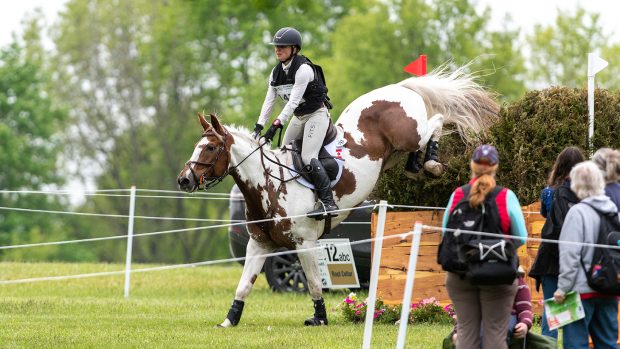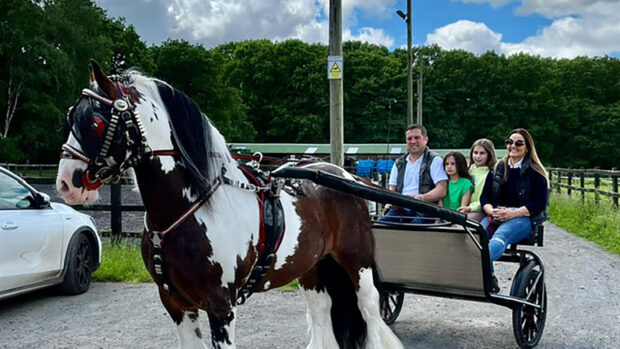Coloured horses may have become popular in recent years – but scientists have established that they were roaming Europe as long as 25,000 years ago.
Until now, DNA studies have only produced evidence for bay and black horses.
But researchers have found evidence for spotted pre-domestic horses – by re-examining the DNA of horse specimens from across Europe.
Professor Michi Hofreiter of York University told H&H the discovery helped to explain the diversity of the modern horse.
“All three colours – black, brown and spotted – depicted in the cave paintings have now been found in ancient horse populations,” he said.
“Without the spotted phenotype [observable characteristics], coloured horses might not exist.”
It’s thought the three coat colours provided humans with enough variation to create the colours seen today.
The team was inspired by the cave painting The Dappled Horses of Pech-Merle in France, which clearly depicts white horses with dark spots.
Archaeologists have long debated whether these paintings were inspired by real life.
Now, says Professor Hofreiter, they have proof that the artists were representing the world around them.
This news story was first published in the current issue of Horse and Hound (17 November 2011)




